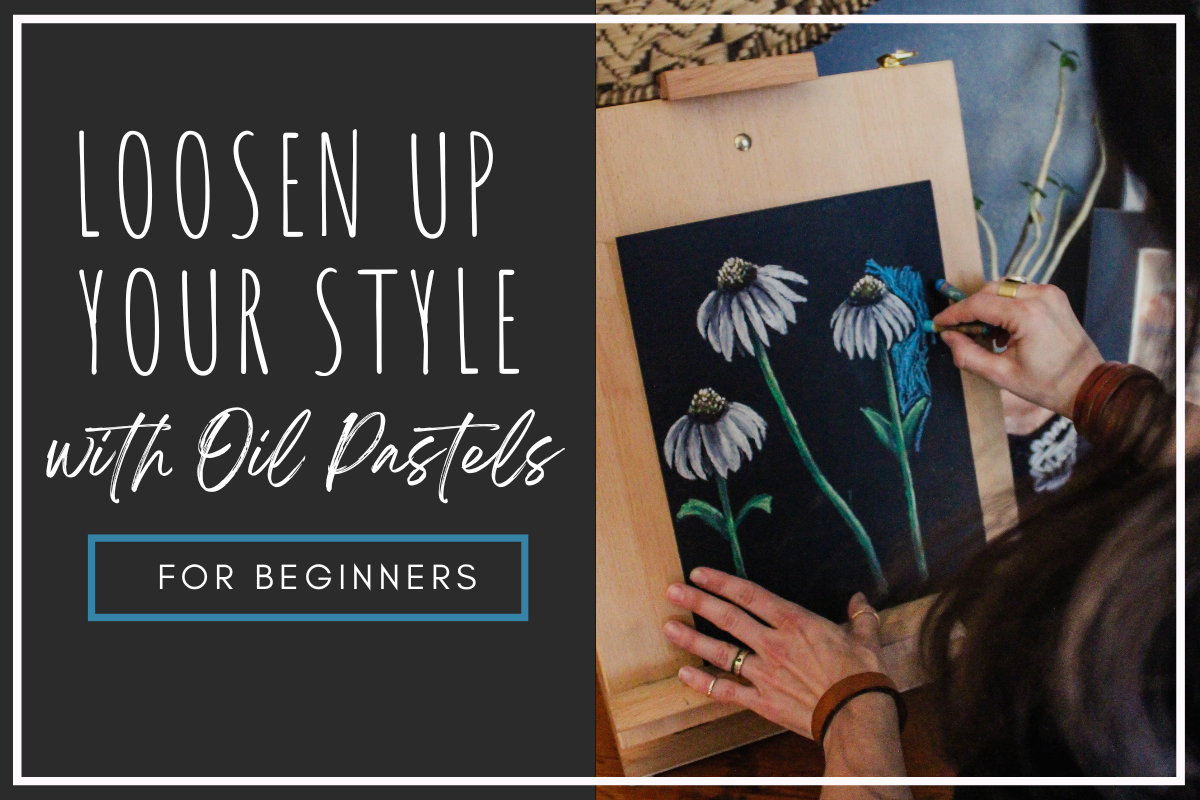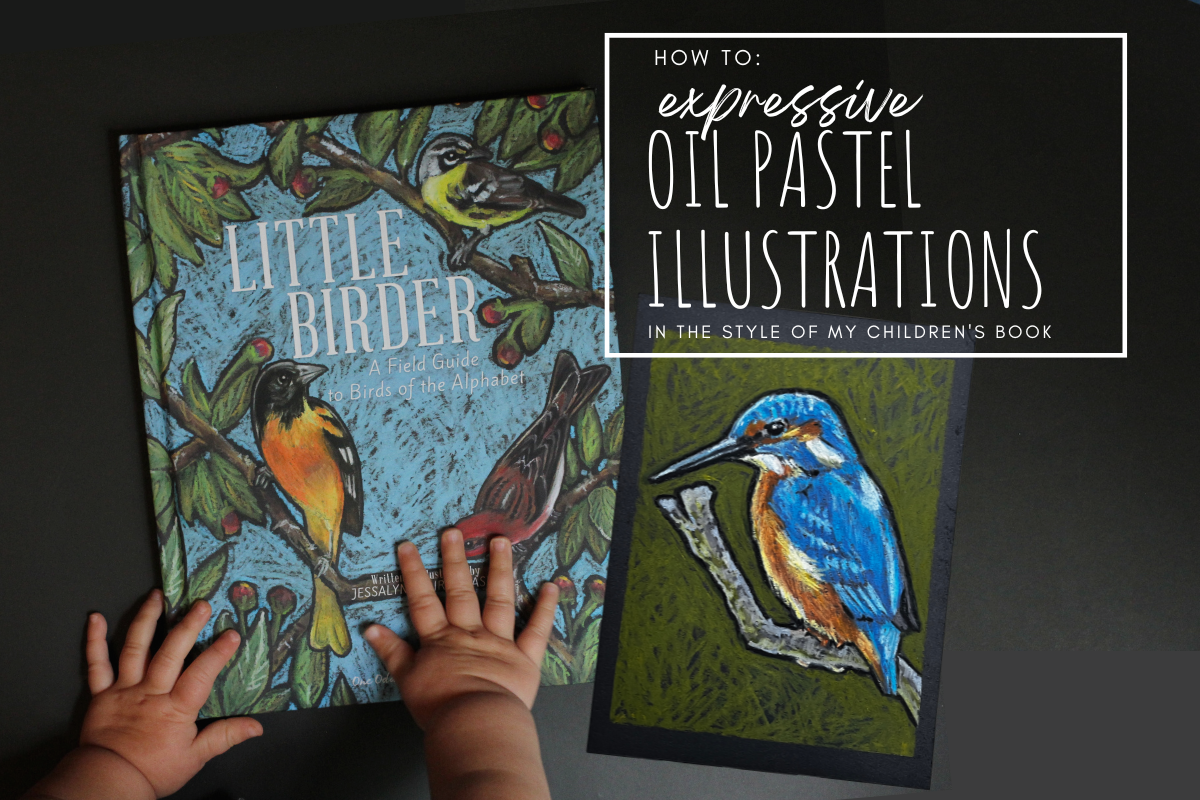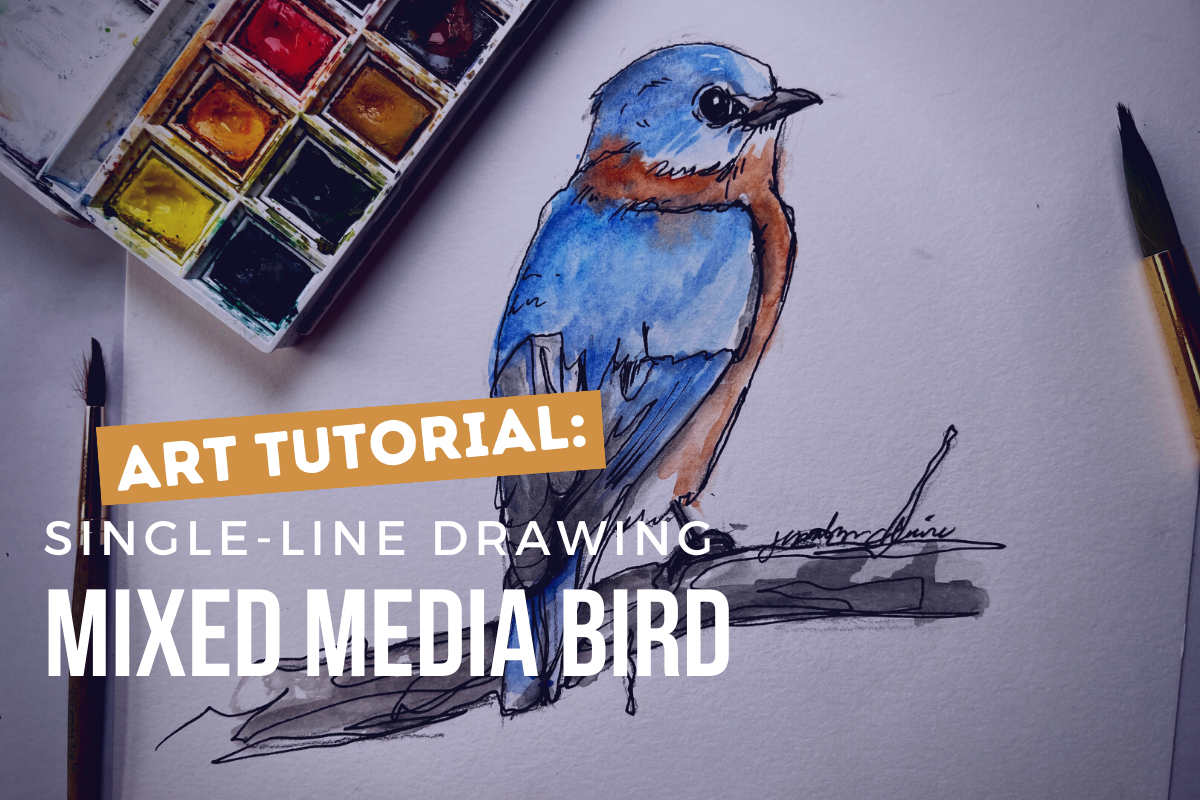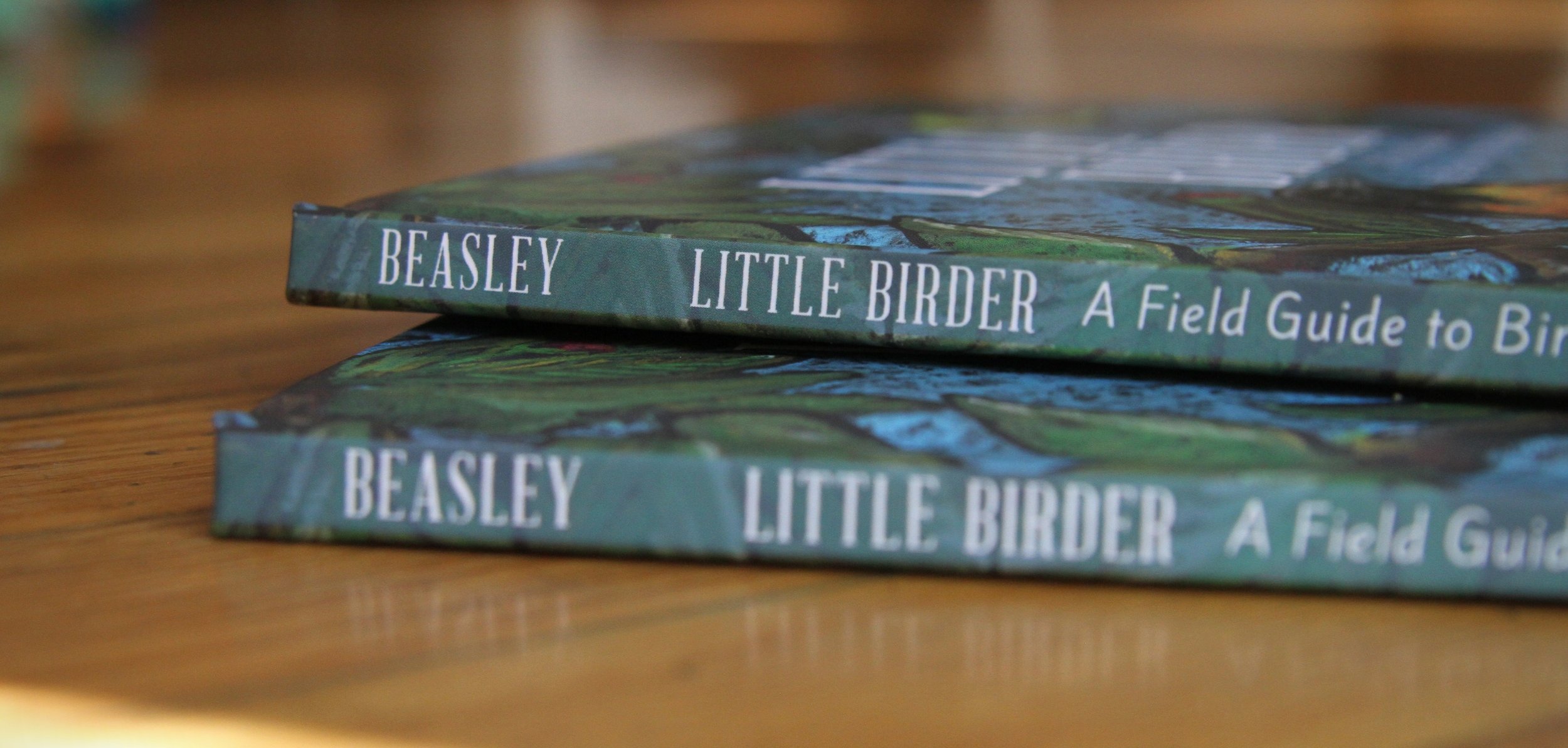Please, Don't Buy My Book... From Amazon
***PLEASE NOTE: This post was published a long time ago, and much has changed since its publication. One big change is that I no longer use IngramSpark for manufacture or distribution of my children’s book for much of the same frustrations mentioned in this post originally.
I have left the article published even though some of the information is no longer relevant because I think it is important that people who are interested in self-publishing or IngramSpark be aware of some of the set backs and frustrations I experienced in my process. So proceed with the understanding that in the end, I decided that IngramSpark and the accompanying presence on Amazon was not worth the heartache I experienced trying to sell a hardback, full-color, 60-page children’s book.
There is something sneaky going on in the online book market. Whatever it is, Amazon may be in on it.
First, here’s the story.
I recently self published my first children’s book, Littler Birder: A Field Guide to Birds of the Alphabet, using IngramSpark’s print on demand self publishing service. By doing so, my book is available on major retailers websites like Barnes and Noble or Amazon. It was one of the major reasons I decided to use IngramSpark’s service. But now I’m wondering, is the potential cost of selling my book on Amazon worth the potential gain? And here’s why.
While publishing, there were some high moments, some low moments and there were some downright confusing moments. One of these confusing moments came about a week after my publish date. My main source of sales was pre-orders directly from my website through personal marketing, but the book was also available to purchase by retailers through IngramSpark’s distribution channels. One day early in the process, I logged into my publisher’s account and noticed that I had 11 sales of my title. Exciting right? Actually, no. Unfortunately, one of those low moments that I mentioned previously was due to issues with the print quality of my first proof copies. I was forced to upgrade my printing before I published, and therefore had to pay more per book than originally expected, as well as increase the retail price. For the pre-order period and the first seven days after my book’s release, due to IngramSparks price change policies, my retail price increase was not yet effective. So, if a book sold through a retailer such as Amazon, I made less than $.10 per book. Yes, you read that right. I made less than ten cents per book. (I sold a book in the UK and OWED THEM $.09. Brilliant.)
So who bought these books? I assumed that some bird-lover with a new grand-baby had stumbled onto my listing on Amazon or B&N and pre-ordered my book, or someone who knew about my book made the mistake of purchasing through a retailer when they couldn’t figure out how to make a direct purchase from the author. I decided to see if I could tell by visiting the retailers’ websites. When I visited my book’s listing on Amazon, I saw something bizarre. My brand new book was for sale as expected, but along with that I saw the notorious, “5 new and used from $21.95." What?
Sure enough when I clicked on it, there were cheaper “used” copies of my book for sale. Someone, presumably someone with the ability to buy direct from the distributor, was purchasing my brand new print-on-demand book before the publish date, giving me my pennies-per-book and turning around as a third party book seller on Amazon and selling my book. But why? And why, or rather, HOW are they able to sell them as used books?
I began to investigate to see what I could find. Sure enough, it took a bit of digging and the right search engine wording, but I found just a few articles that alluded to the backhanded book sales on Amazon. It didn’t answer this mystery directly but it’s clear, there is a gray area when it comes to third-party book sellers on Amazon.
So please, don’t buy my book from Amazon.
Here’s why.
In the best case scenario, authors make minimal amounts on each book anyway. Even under the best practices, the trade discount for retailers is an egregious 55%. A best-selling book on Amazon makes them way more money than it does the author. Obviously, it isn’t all about the money for most authors. Most authors have something they want to share and it’s worth only making pennies per book if it gets it out there to the public. So the cost of getting their book to you, the lovely reader, is watching someone else get rich off of their hard work. So, if you can swing it- buy directly from the author. If you can’t, try buying it from the publisher. Then try a brick and mortar store locally, then a brick and mortar chain in your town, then a retailer that doesn’t allow third-party seller, and then lastly— Amazon. And make sure that you’re actually purchasing it from Amazon…
Apparently, third party sellers can now be the “default” option for purchase. This is one of those gray areas where the articles that I found know it’s happening but can’t clearly define all the details. There is a big question mark hanging out there in the book world. Recent changes have been made to Amazon’s “buy box,” or more simply, the “add to cart” button. Since these changes, when a person clicks that button to add a book to their cart, they might be purchasing from Amazon— who has to purchase directly from the publisher— or they might not. As a consumer, I don’t like to feel duped. I cringe at the thought of how many times I’ve pushed that button and assumed that the author benefits from my purchase, when in fact they get nothing. What’s worse for me is the thought that all those times I wanted to save a few bucks by buying a used book, the book might not have been used at all (weird) and the author might not have ever seen a penny on the purchase. Read this article for more on the new “buy box.”
Used books aren’t always what they seem. I love used books and so I was sad to learn that the waters are so murky on Amazon’s used book sales. If you’re like me, every time you purchase that worn out used book you feel like you’re saving the world from going all digital with landfills full of books. (I shudder at the image of my daughter as a teenager centered in a scene right out of one of those sci-fi books where physical books are a thing of the ancient past and they’re wearing all spandex for some reason.) I adore books, not ebooks or backlit words on a tablet, real paper books. Long live the books.
I didn’t find a good answer for why and how third party sellers can sell my brand new book at a discounted price, a week after the publish date, and sell it as a used book. But that is incentive enough just to avoid it. A week later, the “new and used” options were mysteriously gone on my childrens book’s listing. Did someone buy it, thinking it was used? Is there some other foul smelling explanation? I may never know. I want my book to land on a used book store shelf after being loved—or not— and find it’s way honestly into the hands of someone who can feel good about paying pennies and giving it a new life.
“…is the potential cost of selling my book on Amazon worth the potential gain?”
Confession time…
I’m a big fan of Amazon. In fact, I intentionally choose to use Amazon-smile at times so that my purchases give back, and who can be disappointed about free two day shipping? But up until now I didn’t know exactly the cost of my savings when it comes to this particular aspect of the world-dominating website. It makes sense that indie publishers who utilize print-on-demand services will fall prey to these schemes because of the ease of purchasing a single book at a wholesale price, allowing these sellers to make an easy buck at the expense of the author and the reader. I’m not sure exactly how this suspicious selling practice affects traditional publishers, but it does seem to have similar effect on traditional publishing, which in turn, directly affects readers because it is taking the profitability out of publishing and writing. This means, less risk taken on new authors, less money to publish new books and a decrease in the quality and quantity of work available to the public. There is more research to be done on this topic, but for now, please be conscientious about buying books on Amazon.
Click here to purchase my book directly from the author.
More interesting reads on this topic-
lifehacker.com- Why You Shouldn’t Buy a “New” Book on Amazon
vox.com- Amazon made a small change to the way it sells books. Publishers are terrified.
theguardian.com- Cheap books, high price: why Amazon.com’s ‘one-click’ sales can cost authors dear









